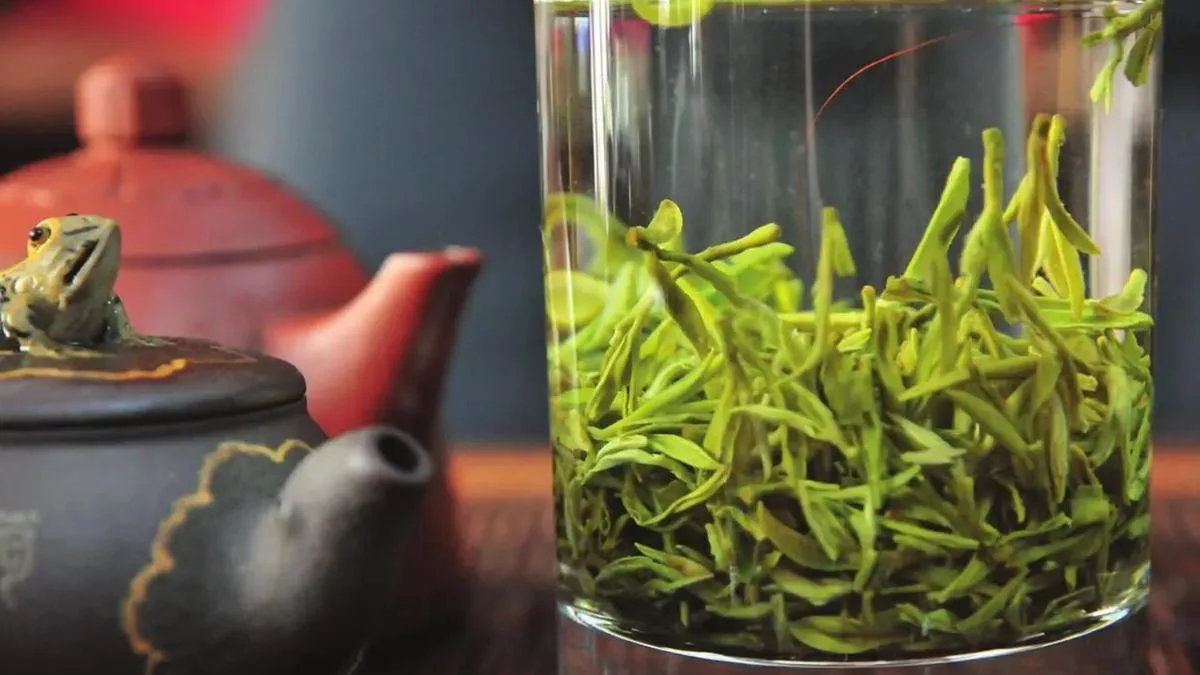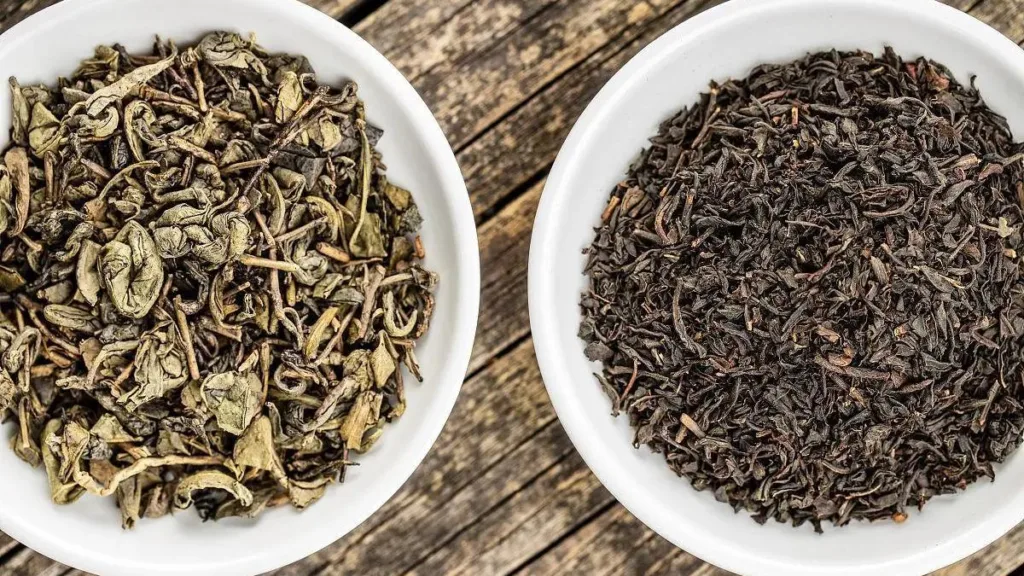Tea has been an integral part of human culture for over four millennia, offering a diverse range of flavors and cultural significance. Typically, we enjoy tea by sipping its infusion, seldom considering the act of chewing tea leaves. However, is there merit in chewing tea leaves? In this exploration, we delve into the historical context, health benefits, and considerations surrounding the practice of chewing loose-leaf Chinese tea.
The Edibility of Tea Leaves:
Tea leaves come in various forms, each with its own suitability for consumption:
- Fresh Tea Leaves: Unprocessed and with unclear chemical compositions, fresh tea leaves are not recommended for direct consumption. They lack the refinement that processing provides and may not be suitable for chewing.
- Dried Tea Leaves: Processed and categorized as a food item, dried tea leaves can be brewed or chewed. The processing enhances their flavor profile, making them not only suitable for infusion but also for direct consumption.
- Spent Tea Leaves (Tea Residue): After brewing, tea leaves lose some of their nutritional content but can still be chewed. While they may not provide substantial nutrients, chewing on spent tea leaves is not harmful and can be beneficial for certain aspects of oral health.
Historical Context:
The intertwining of tea and culinary use dates back over four thousand years. Ancient texts, such as the “Huainanzi,” recount the story of Shennong, the mythical figure known as the Divine Farmer. Concerned about the accidental ingestion of poisonous plants by his people, Shennong tasted numerous herbs to identify their properties.
Legend has it that during his exhaustive exploration, Shennong took a break under a tree and brewed water in a pot. Some leaves from the tree fell into the pot, creating an infusion. When he drank the water, he found it refreshing and invigorating. These leaves were later termed “tu,” paving the way for the discovery of tea.
Health Benefits of Chewing Tea Leaves:
- Dental Health: Chewing tea leaves can have positive effects on dental health, promoting tooth strength and whitening. It’s a practice that has been observed to be beneficial for oral hygiene.
- Digestive Aid: In moderation, swallowing chewed tea leaves can aid in alleviating stomach discomfort. However, it is essential to control the quantity to avoid potential disturbances in sleep quality.
- Nutrient Content: Tea leaves are rich in various vitamins, including A, D, E, K, B complex, C, and P, as well as minerals like potassium, phosphorus, calcium, magnesium, zinc, sodium, boron, sulfur, and fluoride. Additionally, tea leaves contain amino acids, proteins, fats, and soluble sugars, contributing to overall nutritional value.
- Vitamin C Content: Notably, tea leaves have a higher vitamin C content compared to many fruits. Vitamin C is known for its diverse benefits, including treating scurvy, enhancing immunity, and assisting in cancer prevention.
- Antioxidant Properties: Tea leaves, especially green tea, are rich in antioxidants, such as tea polyphenols. These compounds, including catechins and theaflavins, contribute to the prevention of oxidative stress and aging.
- Mineral Elements: Tea leaves contain essential minerals like potassium, critical for cellular function. The regular consumption of tea can help replenish potassium levels, particularly beneficial during periods of excessive sweating in summer.
- Amino Acids: Tea leaves contain 2%-4% amino acids, including those essential for the human body. This, coupled with the presence of proteins, contributes to the overall nutritional value of tea leaves.
Considerations and Moderation:
While chewing tea leaves is generally considered safe and even beneficial, moderation is key. Excessive consumption of tannins, present in tea leaves, may form complexes with proteins, potentially affecting the absorption of nutrients in the digestive system.
Chewing tea leaves is a tradition deeply rooted in the cultural history of tea consumption. Whether it’s enhancing dental health, aiding digestion, or providing a rich source of nutrients, the practice offers a unique perspective on the multifaceted relationship between humans and tea. As we navigate the nuanced world of loose-leaf Chinese tea, it’s essential to strike a balance, appreciating the cultural heritage while being mindful of the potential health benefits and considerations associated with this age-old practice.



